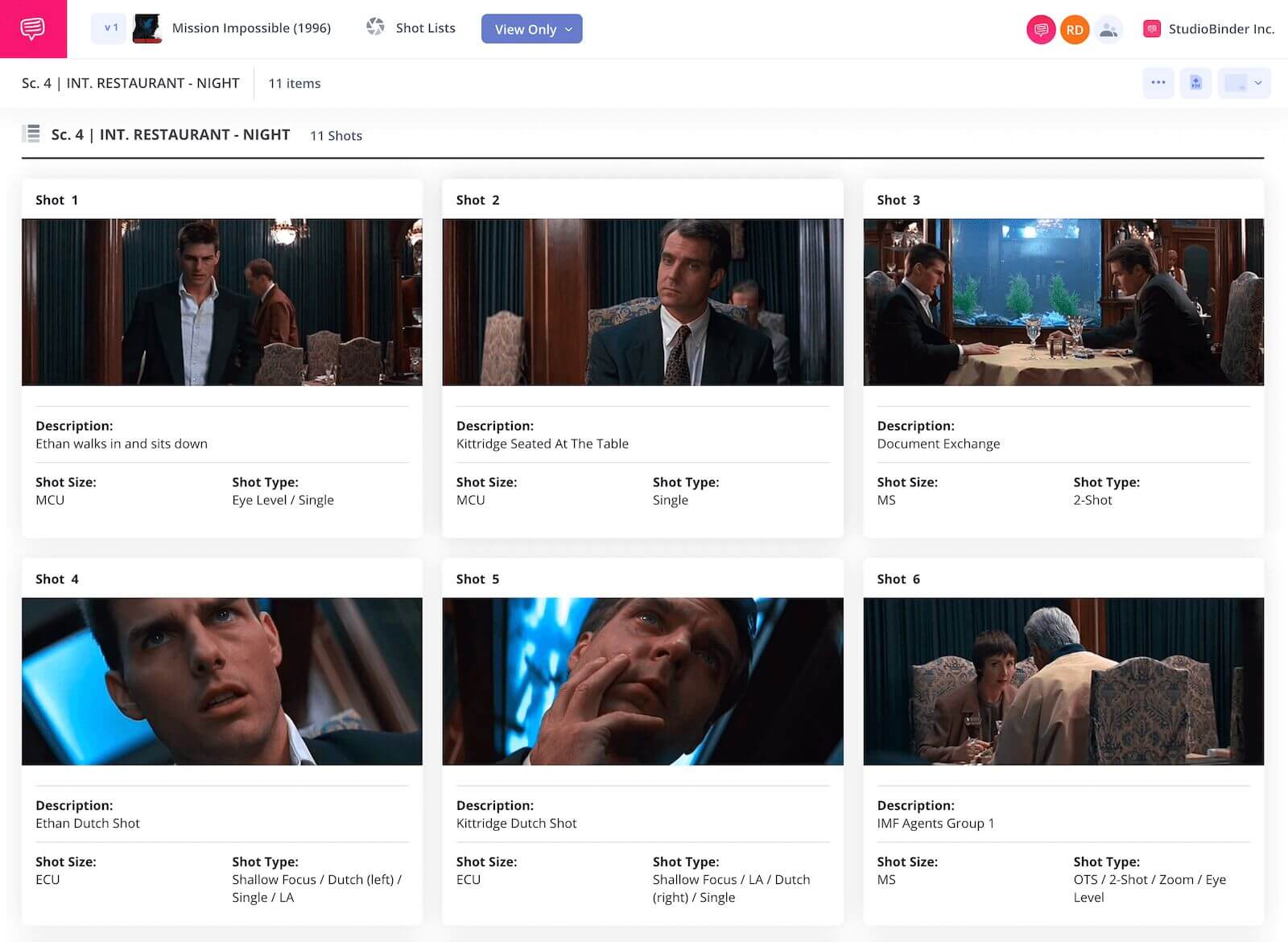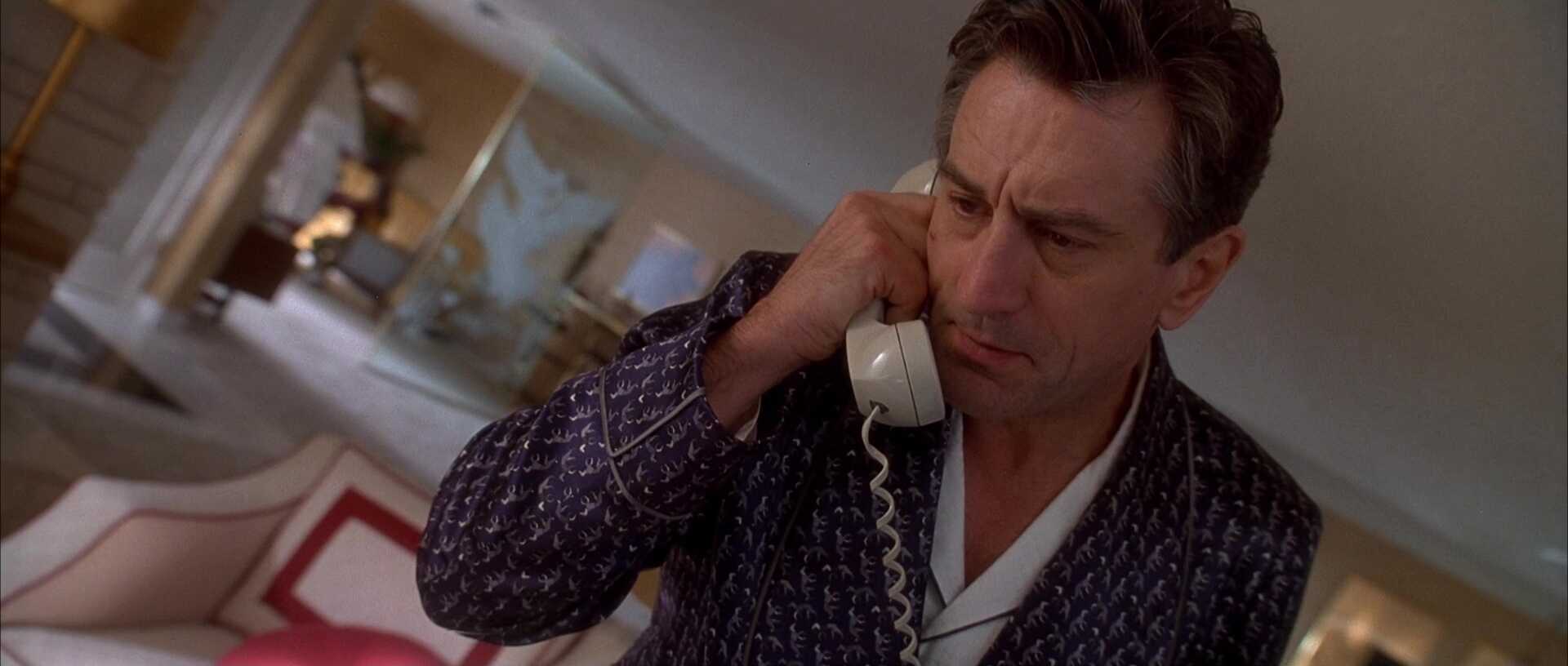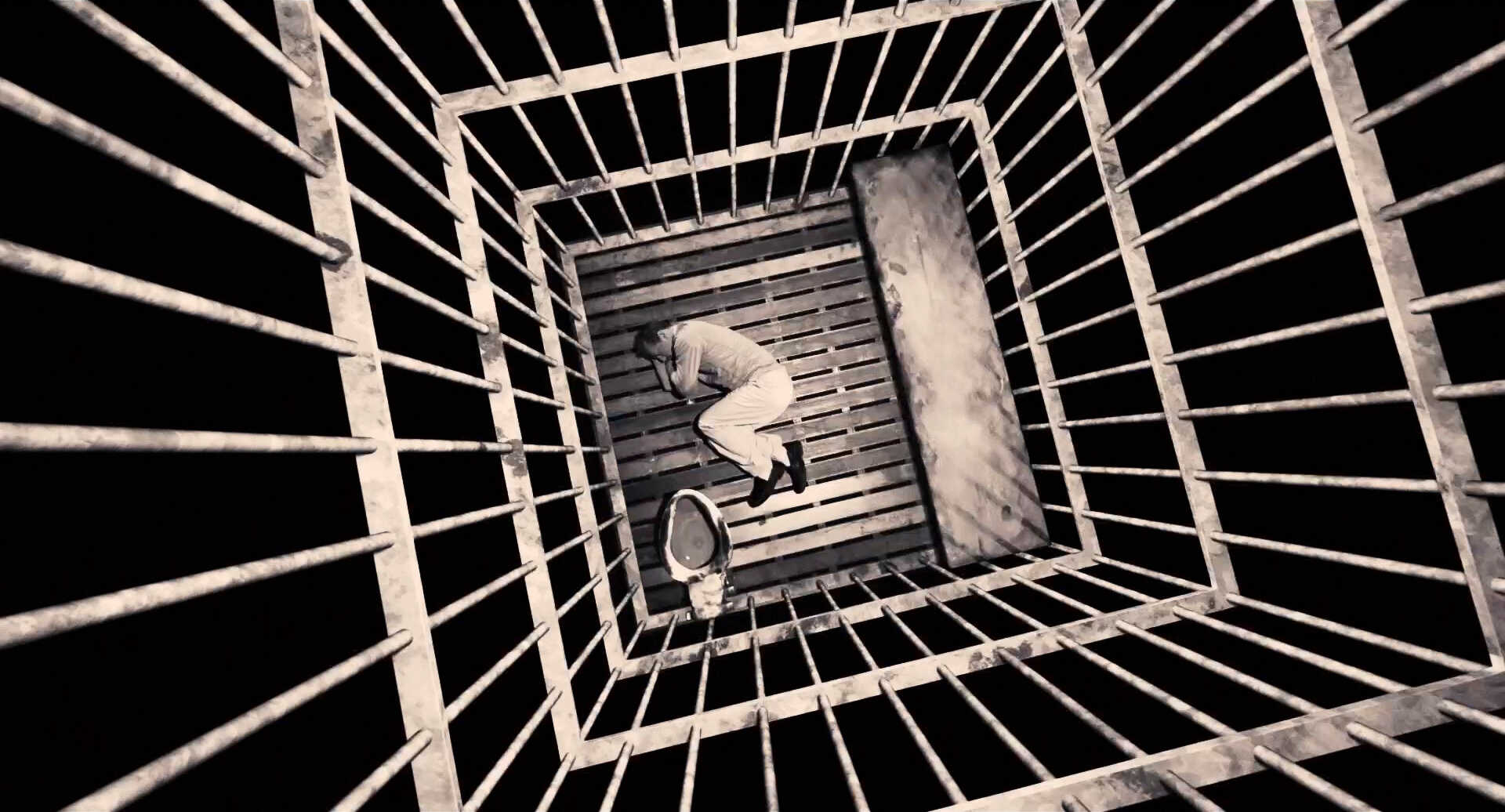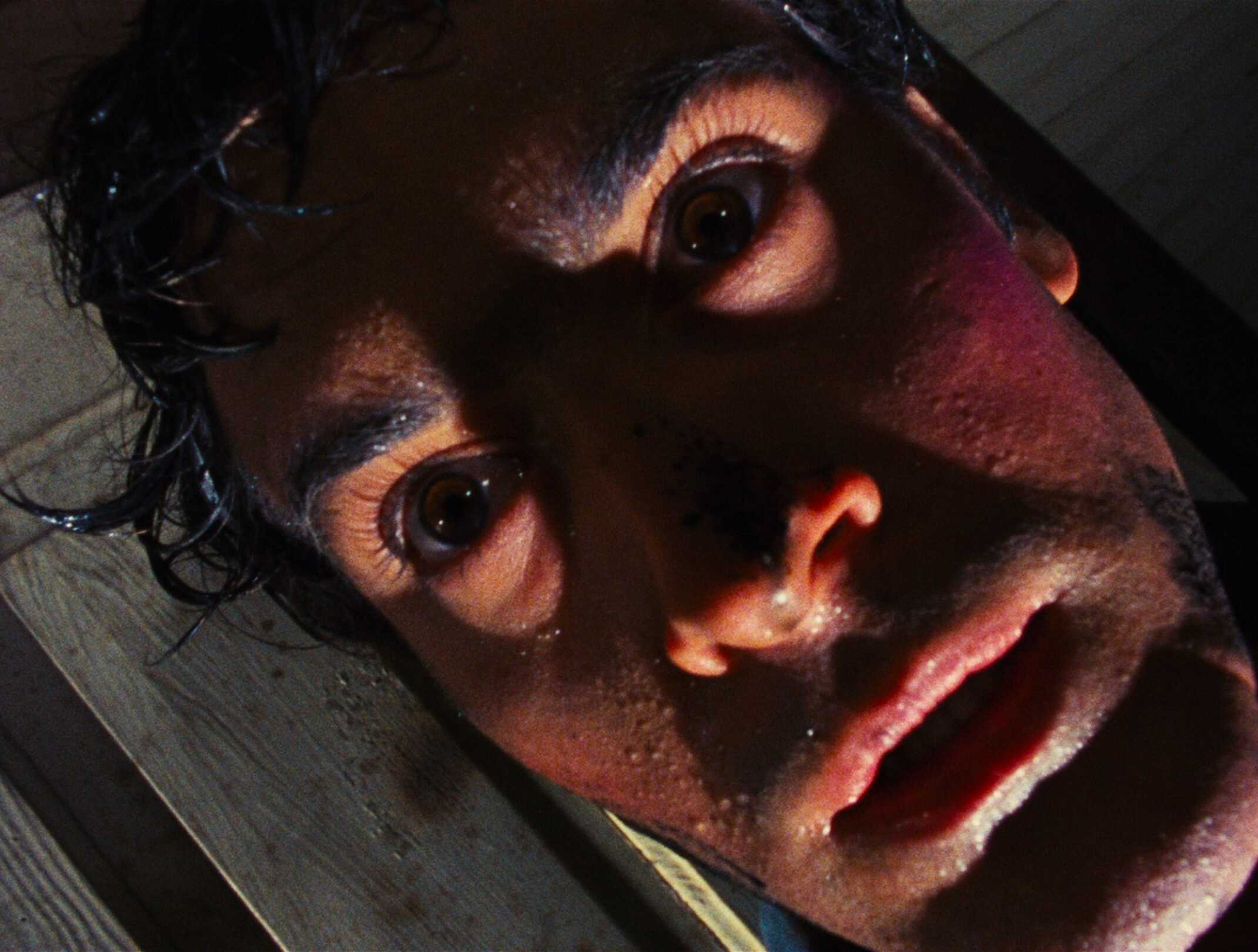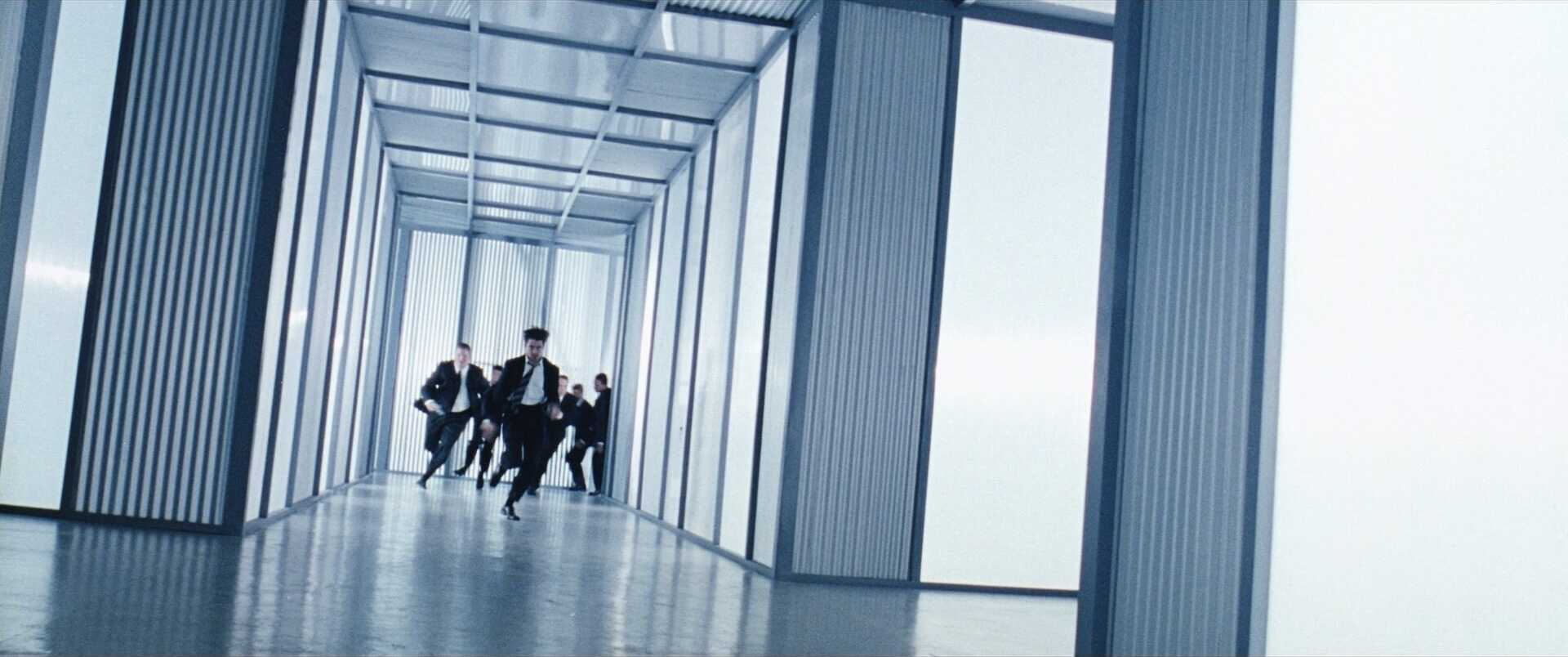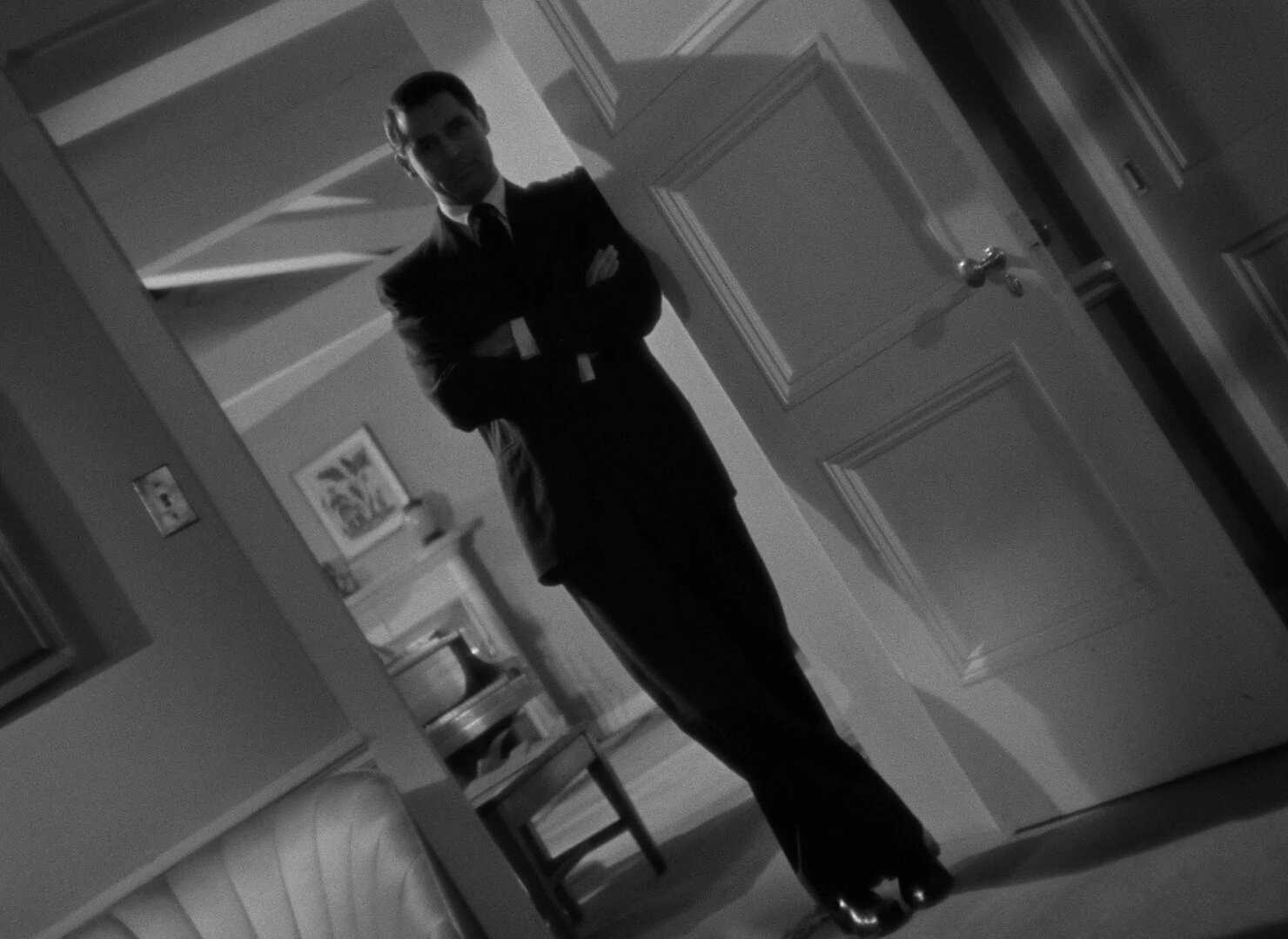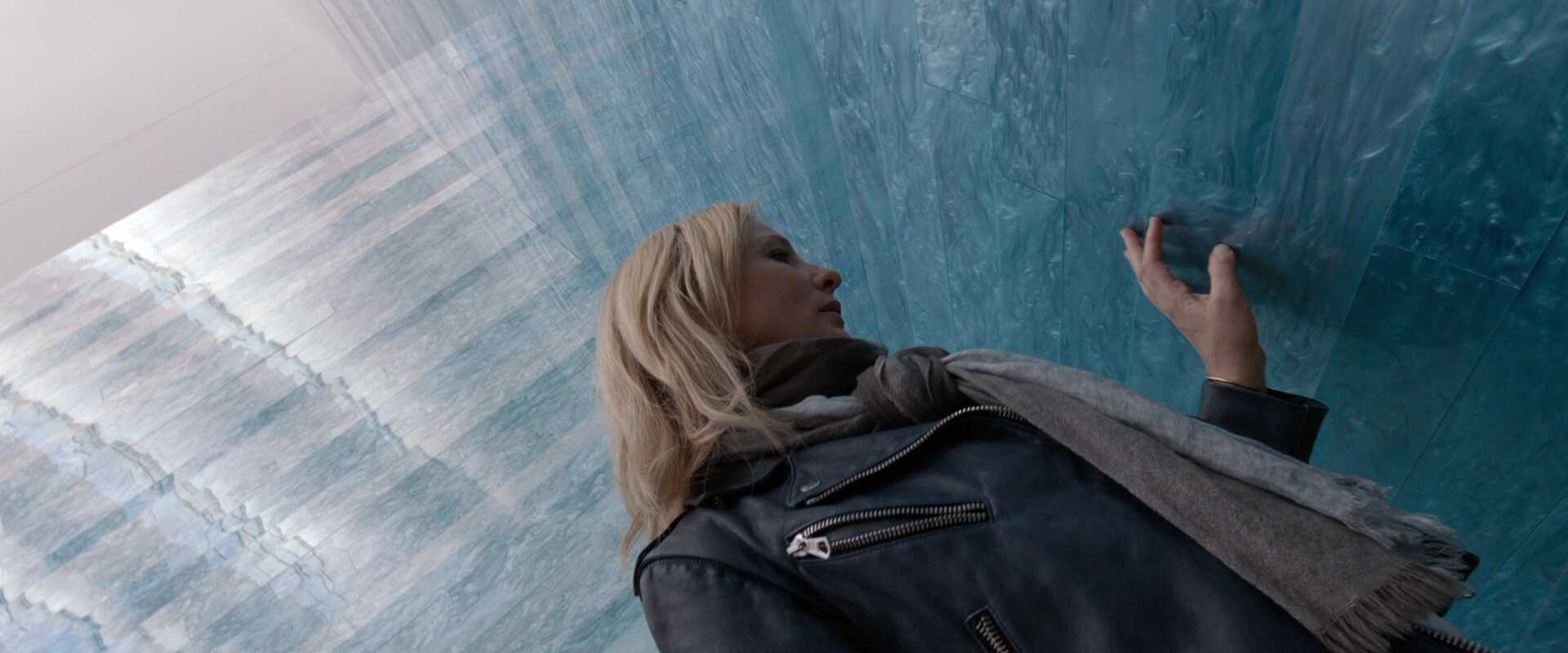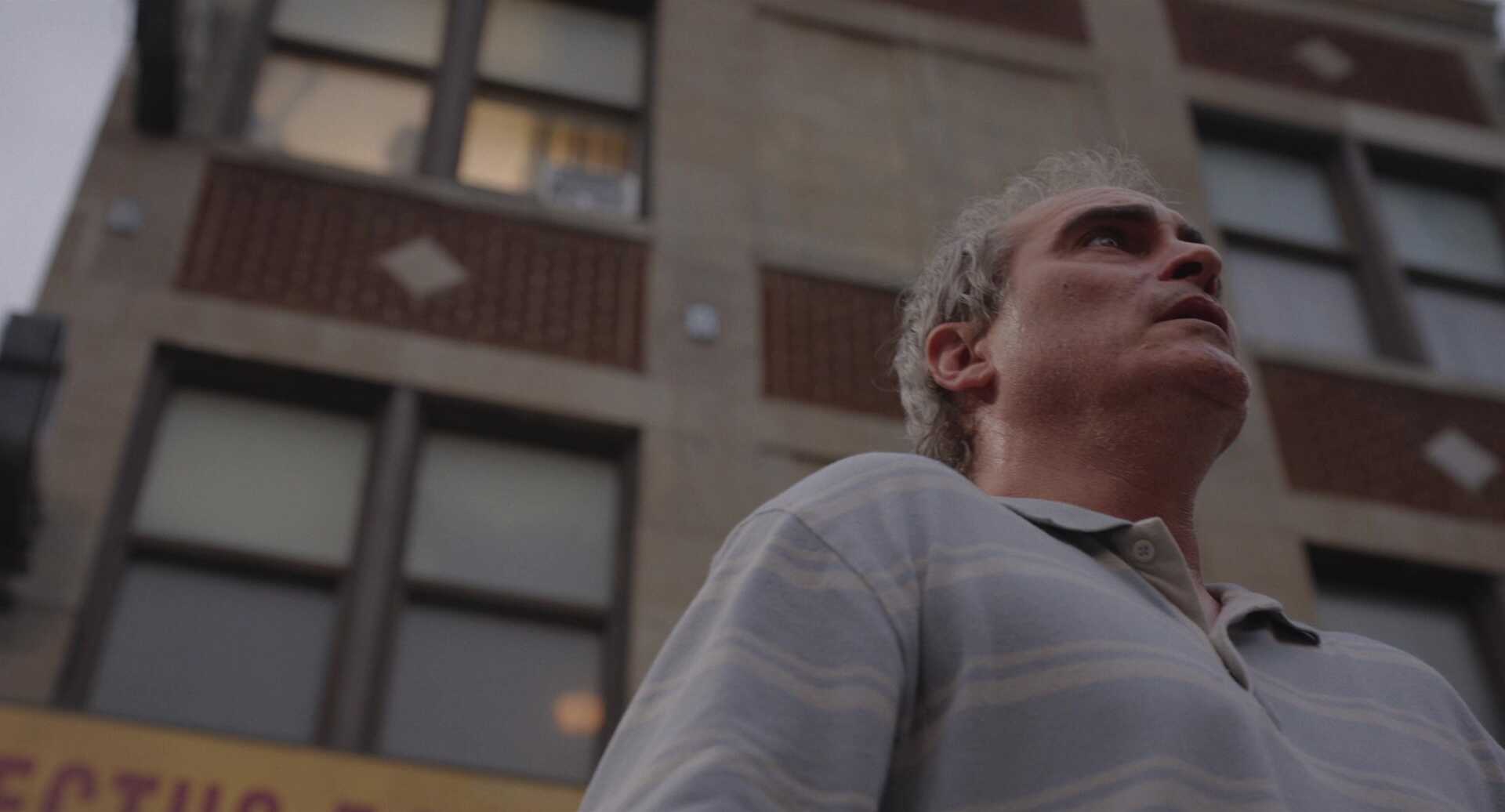home → Camera Angles → Dutch Angle Shot
Dutch angle definition
What is a Dutch angle?
A Dutch angle, also known as a canted shot, involves tilting the camera so that the horizon line is slanted. This can create a sense of unease or disorientation within a frame. The tilt can be subtle or extreme, depending on the desired effect.
For a deeper dive into this technique, check out our detailed breakdown of the dutch angle, complete with examples and additional insights.
Dutch angle in film
Dutch angle examples
We’ll explore how Dutch angles influence a scene, but first it’s helpful to see them in action. Check out this curated selection of Dutch angle shots to understand their visual impact and storytelling uses across various films.
Creates a feeling of unease
Suggests instability
Offers a stylized perspective
Emphasizes psychological turmoil
Usages
What does a Dutch angle do?
Dutch angles are a dynamic visual device used across film and beyond. By deliberately tilting the camera off its horizontal axis, the technique introduces a visual imbalance that can strongly affect the mood and meaning of a scene. Here are some unique ways it can be employed:
Heightened Drama
The tilt amplifies tension and makes everyday scenes feel more intense or urgent. Like this example of a chase sequence given that little extra tension.
POV
A Dutch angle in a point of view shot gives us a direct connection to a character's mental state or how they are perceiving the world around them.
Alienation
The off-kilter framing on Character A can create a feeling of separation or estrangement from the world. Something is a little off with this character.
Unpredictability
Dutch angles suggest that the situation is unstable and about to change unexpectedly, especially when paired with imbalanced compositions.
Avoid confusion
Dutch angles in film vs low angles
Dutch angles and low angle shots are sometimes confused (they both involve angles, right?), but they serve very different purposes and have distinct visual effects.
A Dutch angle involves tilting the camera to create a skewed, slanted horizon. In contrast, a low angle shot is captured from below the subject, looking up, usually to emphasize power or dominance. The two can be combined– more on that later.
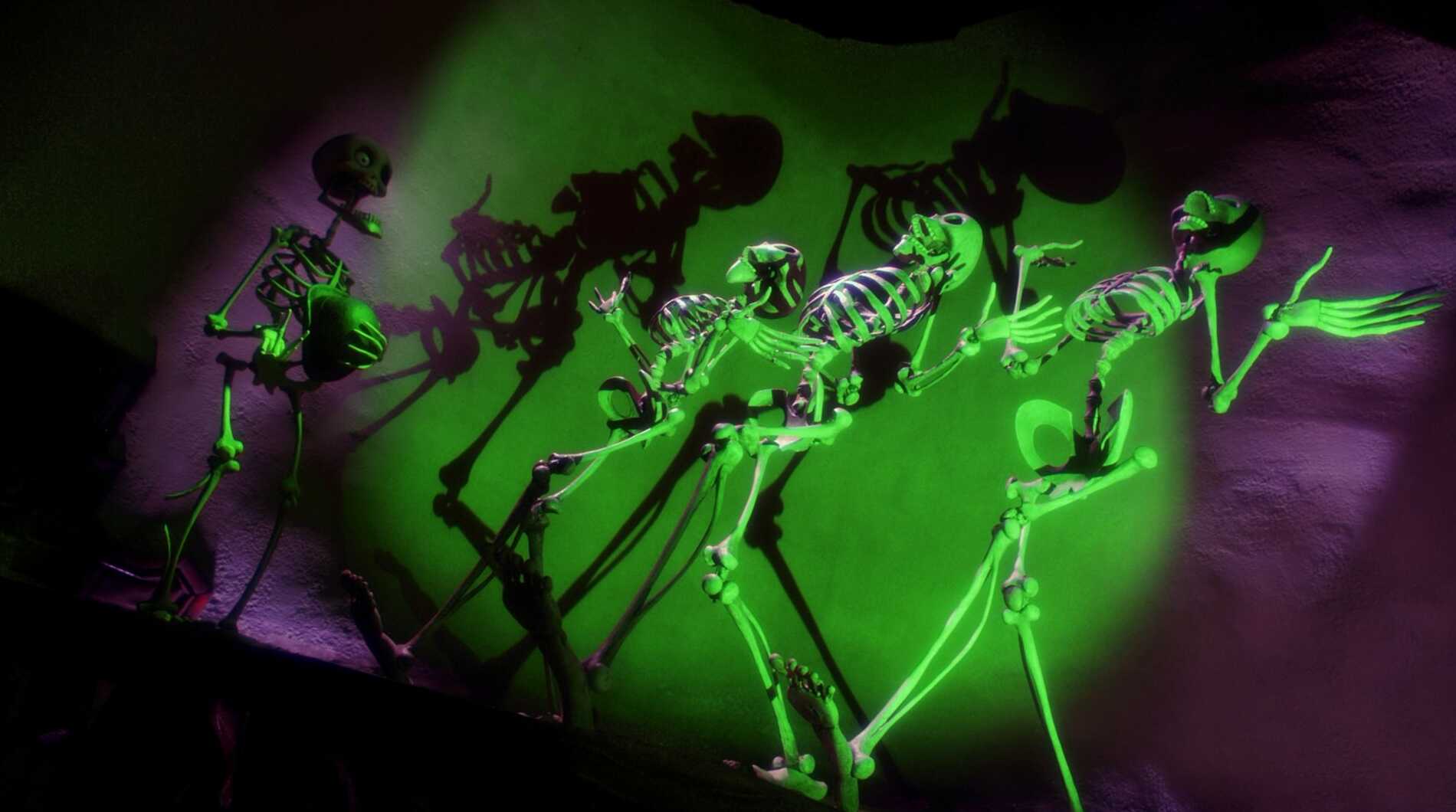
Case Study
Shot listing the Dutch angle
Now, let’s look at how a master filmmaker uses a powerful tool like the Dutch angle. Perhaps nowhere are they better utilized than in Brian DePalma’s Mission: Impossible.
Be sure to click the shot list below to see the entire scene. What is the purpose of the Dutch angle? Why would DePalma choose such a bold technique?
There’s no single way to use a Dutch angle; it’s a versatile technique that can adapt to many storytelling needs.
Let’s explore the different ways this tilted perspective can add visual dynamism to a scene.
Unique hybrids
How can you pair a Dutch angle with other cinematic techniques?
How to combine an Dutch angle
Dutch angles are just one of many tools filmmakers use to shape a scene, and they can become even more powerful when combined with others. Here’s how Dutch angles can work alongside different cinematic tools in your filmmaker toolkit:
- Close-Up: A Dutch-angled close-up can intensify a character’s emotional state, adding unease to their expression.
- Handheld: Using a Dutch angle with handheld camera work can amplify chaos, making scenes feel raw and unpredictable.
- Drone Shot: Applying a Dutch tilt to drone footage can give aerial views a surreal or unsettling quality.
- Rack Focus: Shifting focus while maintaining a Dutch angle can direct attention between elements, enhancing disorientation.
- Wide Shot: A wide Dutch-angled shot skews the entire environment, emphasizing disorder or imbalance in the setting.
- Tilt: Gradually tilting into or out of a Dutch angle can be even more disorienting for an audience.
Frequently asked questions about Dutch angles in movies
A Dutch angle is used to create a sense of unease or tension by tilting the camera off its normal horizontal axis. It visually signals that something is “off” in the scene.
Use a Dutch angle when you want to:
Convey psychological unrest
Heighten suspense
Suggest a world out of balance or chaos
The term “Dutch angle” comes from a misinterpretation of “Deutsch,” the German word for “German,” since the technique was popularized in early German Expressionist films.
No single person is credited with inventing it. The Dutch angle was used by German filmmakers during the Expressionist movement in the 1920s.
Its purpose is to visually disrupt the viewer’s sense of normalcy, for a variety of effects.
What do Dutch angles represent?Dutch angles can represent:
Imbalance
Psychological disturbance
Danger
Surrealism
You should use a Dutch angle when you want to:
Enhance dramatic tension
Show a character’s confusion or distress
Convey a shift in reality
Indicate that something is wrong

